Construction projects must implement active risk management, identifying geographic and activity-based hazards
Construction projects must implement active risk management, identifying geographic and activity-based hazards
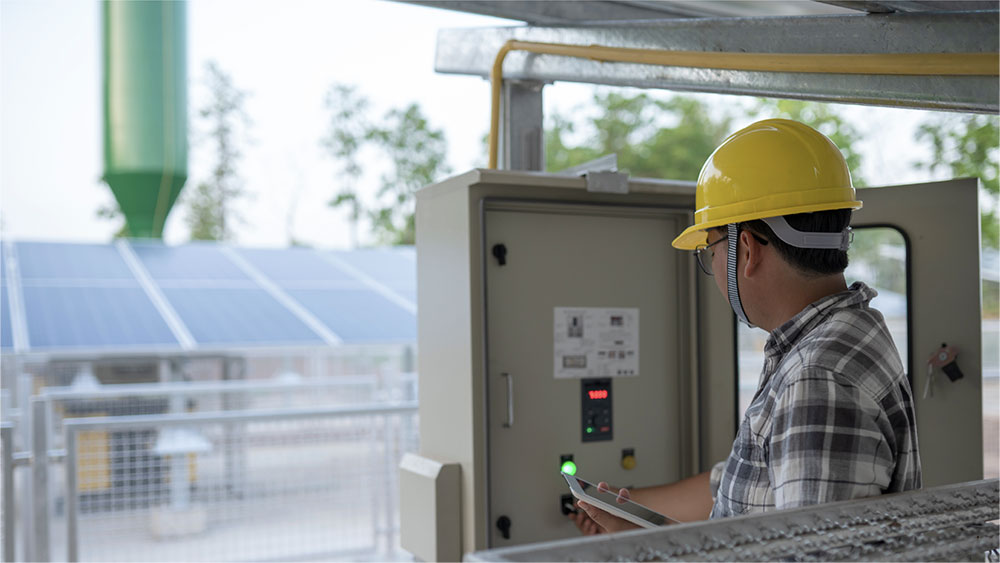
Insurers require every construction project to implement active risk management. This comprises the identification of geographic and well as activity based hazards, evaluating consequence and risk and alerting the various project staff on a constant basis as information and progress changes.
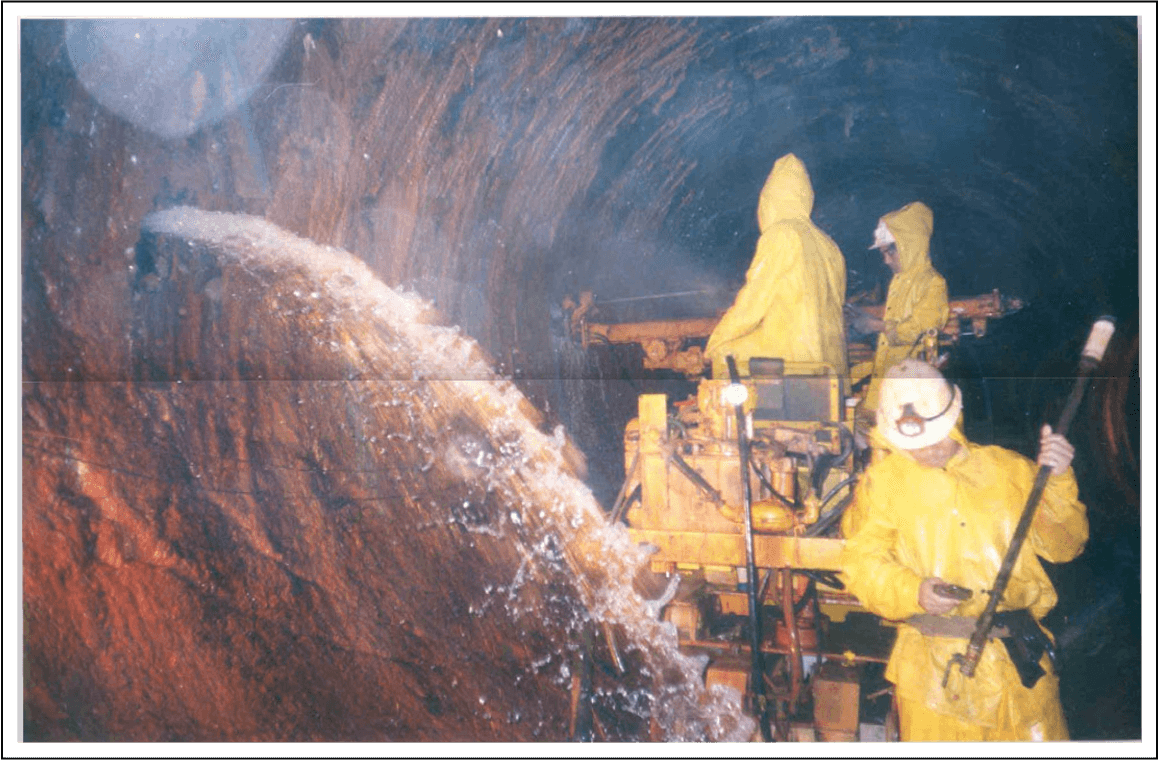
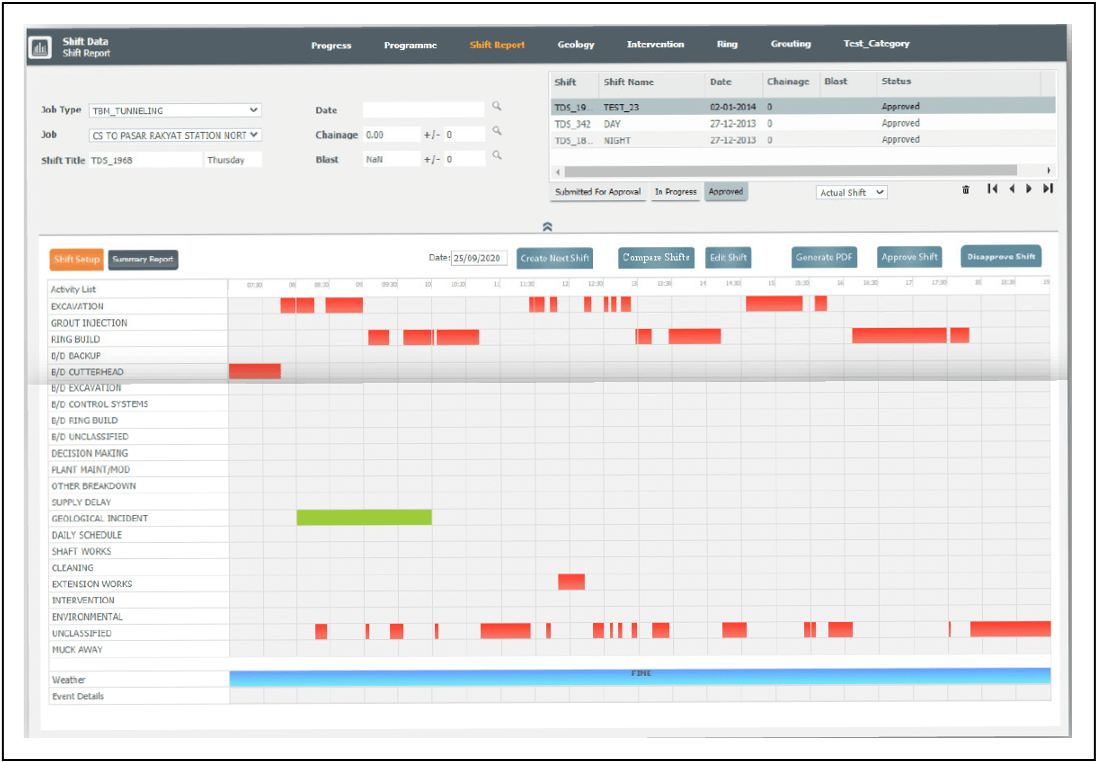
Admin users can design activity lists for both planned and actual shifts accompanied by plant and labour records. A variety of shift report types are available from simple manual gantt type data entry, zone and rig- based with activities which can be populated directly from dataloggers. Hazard and risk data can be added for activities as well as geographical risks and combined in blogs into live reports.
Records and forms are a key component of all construction contracts and their production can absorb staff time unnecessarily, particularly if there is double handling. MissionOS automates the preparation of reports by linking to activity records to ensuring that records are always there and consistent.
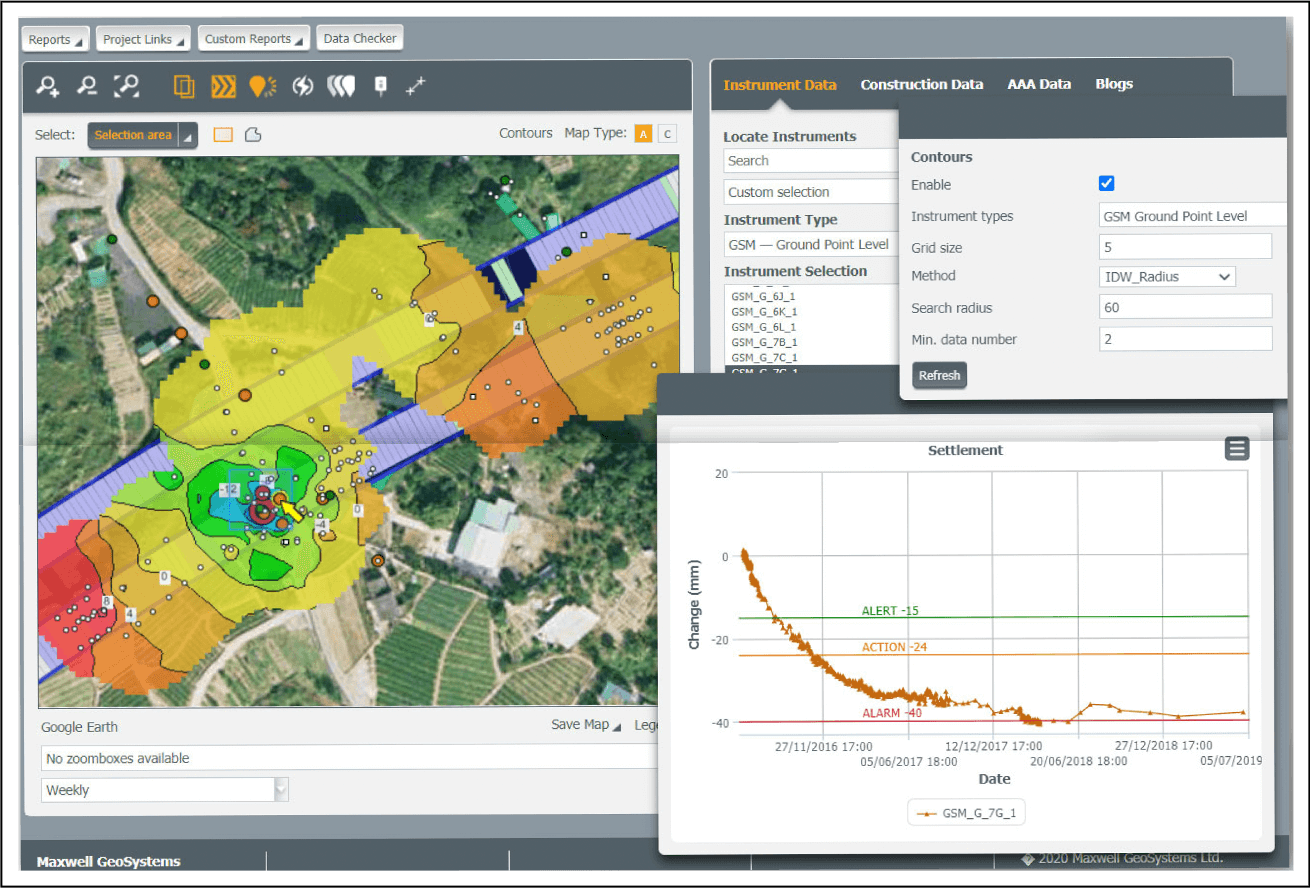
Records and forms are a key component of all construction contracts and their production can absorb staff time unnecessarily, particularly if there is double handling. MissionOS automates the preparation of reports by linking to activity records to ensuring that records are always there and consistent.

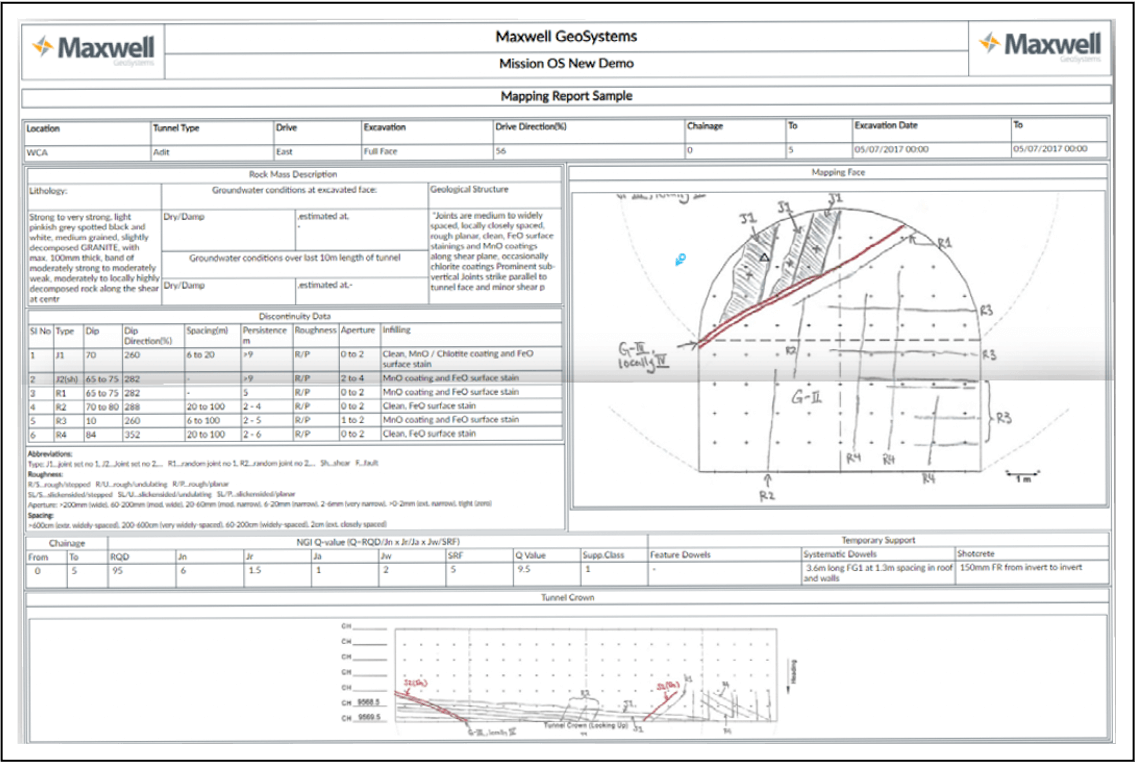
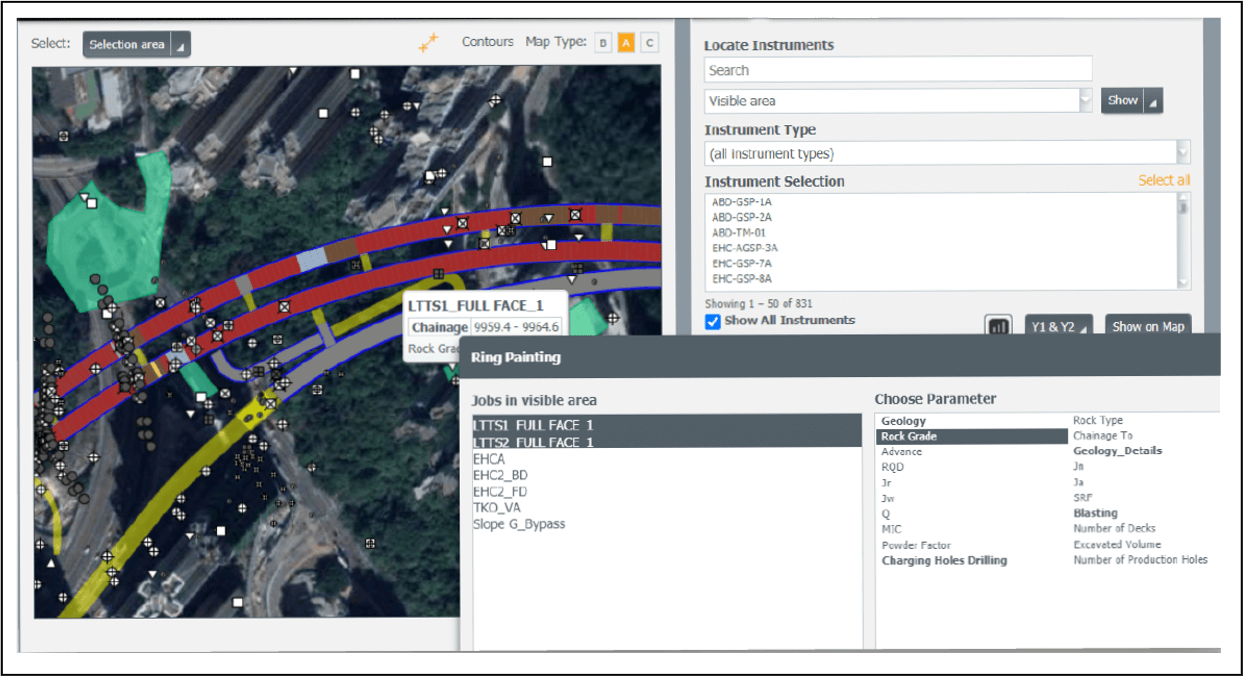
Users can create any data model for construction and link it to shift report activities. An activity starts a parent records which can have any number of child data models eg. Concreting with records for Batch/Delivery, Samples for testing, In Situ Tests.
Geology records shown above can be combined with muck volumes and machine parameters (foam quantities) to evaluate disposal requirements. MissionOS canvas report interface allows users to create any report format desired including graphs, tables header, pictures.
Borehole records can be loaded automatically into MissionOS and combines with other data sources to develop models of ground conditions either as layers or as 3D grid simulations using geostatistics. Ultimately these can be combine with investigations from advanced drilling to update the ground models as the tunnels proceed.
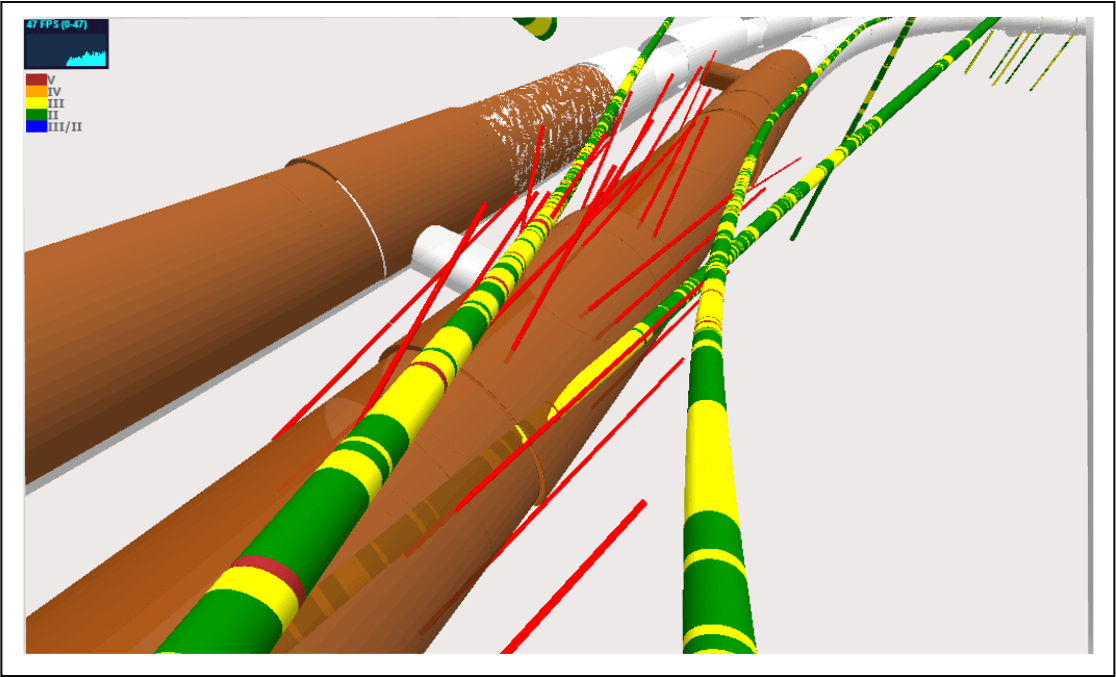
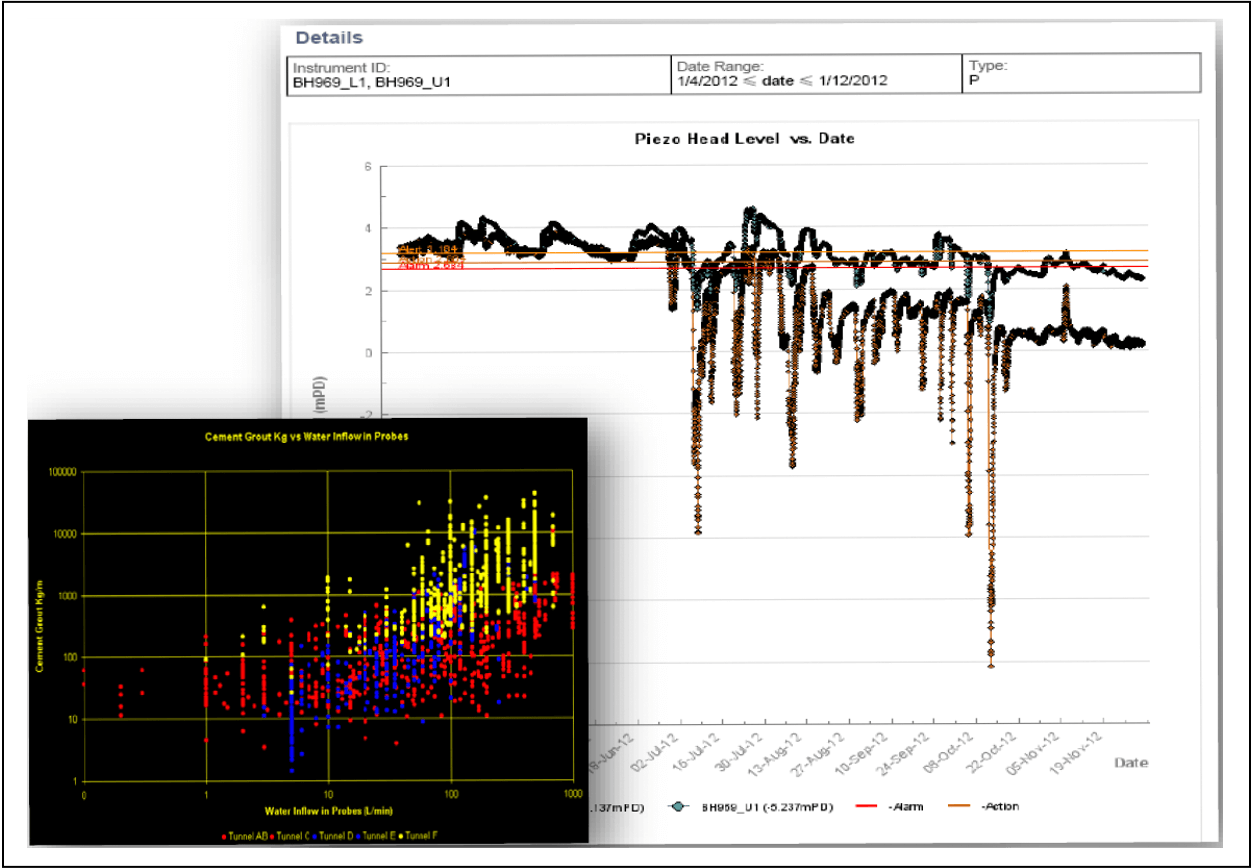
Keeping track of construction events and managing each to closure is what MissionOS does well. For this we use blogging which enables the user to define blog lists for each type, the triggering mechanisms for threads and the close out process. All these blogs can be made available on mobile devices and tablets.
MissionOS provides access to a number of in built and definable dashboards to summarise data. The data contained in MissionOS can also be accessed through API for external analysis at any time. To enable easy evaluation this diverse data sets are first summarised into statistics based on common cycles (day, m, blast, floor etc) With the data automatically summarise in this way it is possible to compare current production against design and tender assumptions and evaluate time and cost impact to completion.
Connect directly with a Maxwell GeoSystems support expert via email, or live chat.
Gain access to MGS Learn, the online learning platform for free, self-paced courses on product and topic-based certifications.
Discover all the latest product information on MissionOS and share your experiences with other system users.